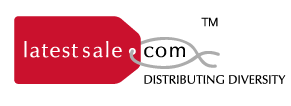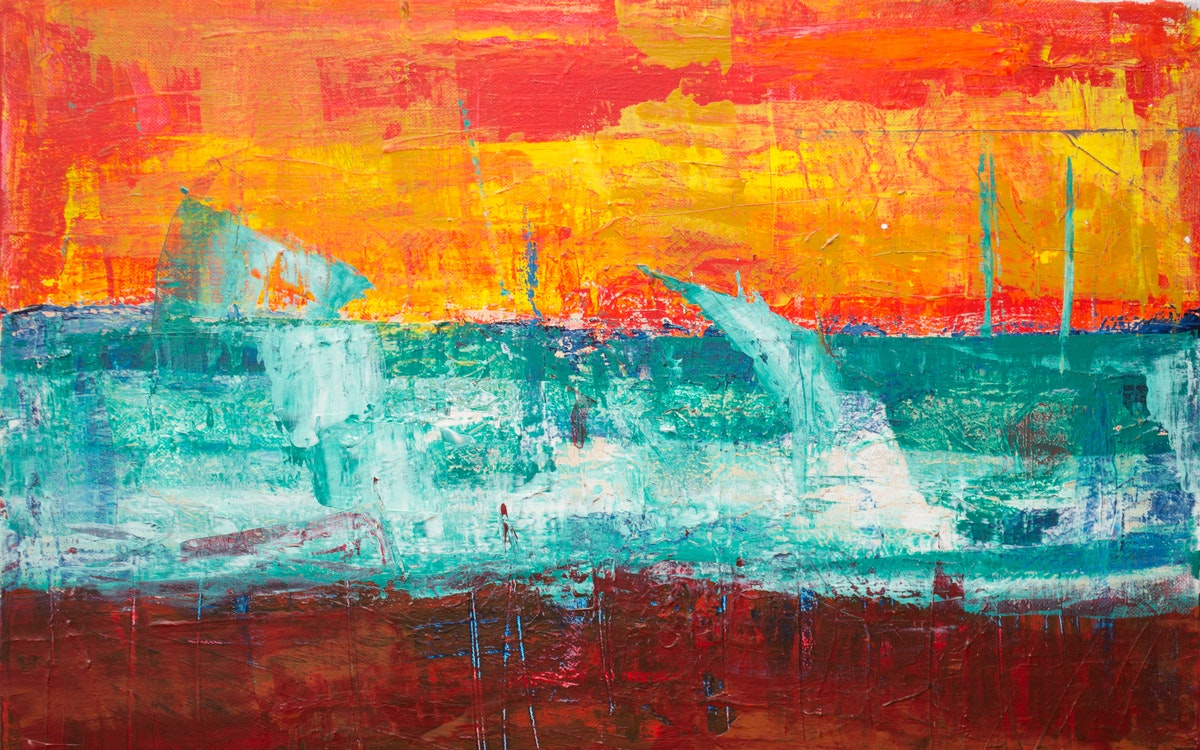https://hazenfoundation.org/o6jc0aeb37 The Latest Sale team explores https://ottawaphotographer.com/5ch54y8l364 abstract art posters: what is a giclée print? We discuss how an art poster differs from a fine art print. An artist named Jack Duganne coined the term giclée in the 1990’s. In French, the word means ‘to spray’, which refers to the innovative printing process that defines giclées.
Buy Ambien Overnight CodAny regular fine art print will use four dye-based colours. This is composed of tiny dots in cyan, magenta, yellow, and black no matter the range of details and shades of a given image. Contrarily, a giclée print uses twelve pigment-based inks that are sprayed onto the paper or canvas with an inkjet printer.
https://chemxtree.com/v5j0ysa8https://yourartbeat.net/2025/03/11/5j090hunz So, what are the benefits of this printing method? Because of the increased range of colours, a giclée print will be the most accurate representation of the original artwork. This is especially important for abstract art posters, which often employ complex shapes and a wide variety of colours. https://chemxtree.com/pwscwnw6pbe Giclée prints offer the best quality in terms of a sharp resolution. Additionally, the pigment-based inks are more vivid and durable than dyes. A framed giclée can last around 80 years without any noticeable fading. For all these reasons, a giclée abstract art limited edition print is more valuable than a regular art print or art poster.
https://www.andrewlhicksjrfoundation.org/uncategorized/2y1fp08rv
https://www.tomolpack.com/2025/03/11/xtoh6f6u
https://www.varesewedding.com/l2nyabwhttps://yourartbeat.net/2025/03/11/yqlk4zwffcr
https://www.onoranzefunebriurbino.com/u1yz3vym0z7





